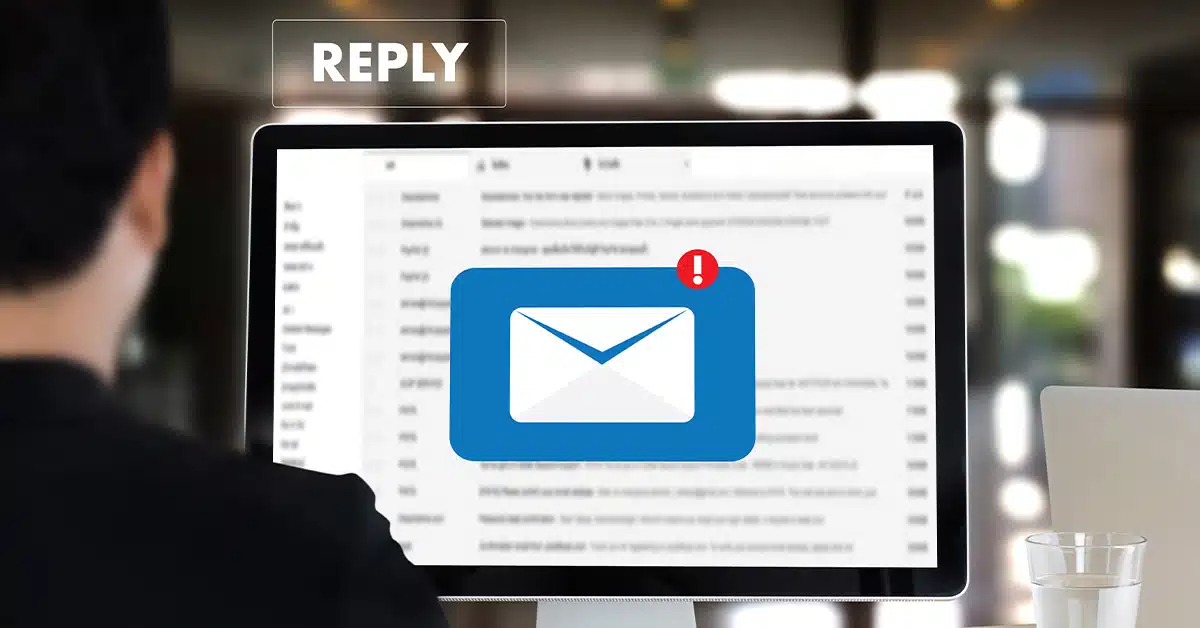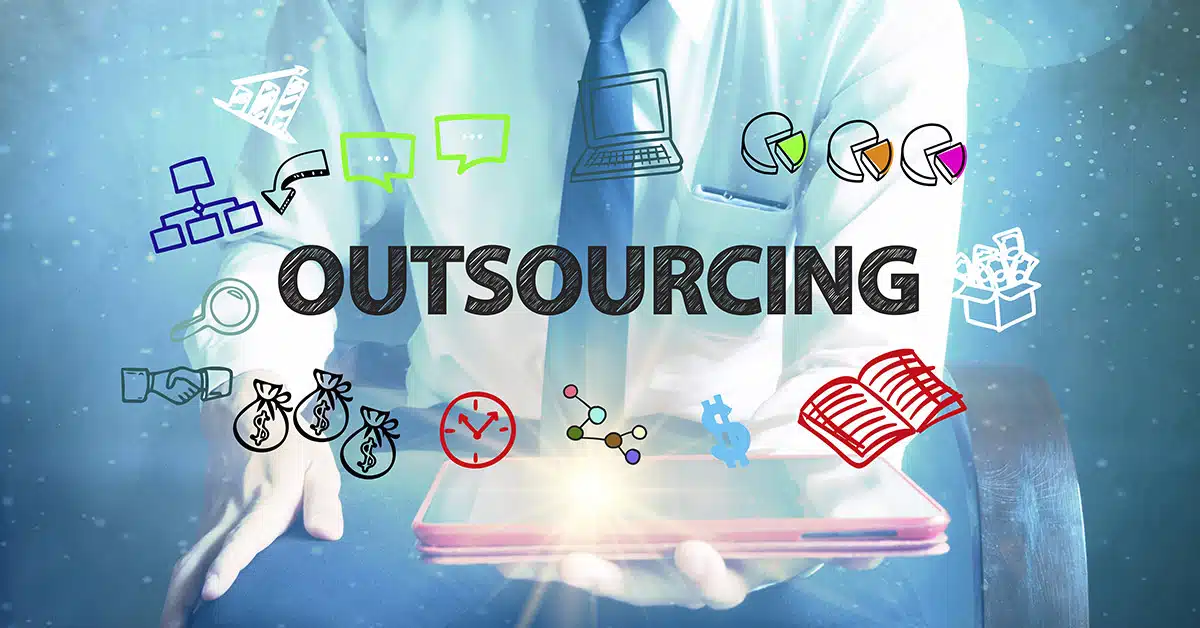Accounts receivable is an essential aspect of business finance that involves managing and collecting payments from customers who owe money for goods or services provided on credit. In this article, we will delve into the concept of accounts receivable, its process, and its management to Accelerate Your Financial Success.
What is accounts receivable service?

Accounts receivable service refers to the process of effectively managing and collecting outstanding payments from customers. It involves tracking and recording the amounts owed, issuing customer invoices or statements, and following up on overdue payments. Accounts receivable services aim to optimize cash flow, minimize bad debt, and ensure timely collection of receivables.
Accounts receivable is considered an asset on the balance sheet. It represents the amount of money that a business is entitled to receive from its customers. Since accounts receivable represents a future economic benefit, it falls under the category of current assets.
Also, accounts receivable is not classified as service income. Instead, it represents the amount of money a business expects to receive when providing services or selling goods to customers on credit. Service income refers to revenue generated from the provision of services, while accounts receivable represents the outstanding amount to be collected.
In simple terms, accounts receivable represents the amount owed by customers to the business, on the other hand, accounts payable represent the amounts owed by a business to its suppliers or vendors.
Accounts Receivable Process: From Sale to Collection

The accounts receivable process involves a series of key activities to manage and collect outstanding payments from customers. These activities include:
- Sales and Invoicing: Generate and issue invoices to customers for products or services provided.
- Payment Terms and Credit Check: Determine the payment terms and conduct a credit check for B2B customers to assess their creditworthiness and set appropriate credit limits.
- Billing and Recording: Record the invoice and related transaction details in the accounting system.
- Payment Receipt: Receive payments from customers through various payment methods, such as cash, checks, bank transfers, or online payment platforms.
- Reconciliation: Match the received payments with the corresponding invoices and reconcile any discrepancies.
- Accounts Aging Analysis: Analyze the aging of accounts receivable to identify outstanding balances and overdue payments.
- Collection Efforts: Initiate collection efforts for overdue payments by sending reminders, making phone calls, or employing other appropriate collection strategies.
- Bad Debt Management: Assess and manage bad debt situations where customers are unable or unwilling to pay their outstanding balances.
- Reporting and Analysis: Generate reports on accounts receivable status, aging, and collection performance to evaluate the financial health of the business.
- Cash Application: Apply the received payments to the appropriate customer accounts in the accounting system.
- Rebilling or Write-off: Rebill or write off any uncollectible or disputed amounts based on the company’s policies and procedures.
- Dispute Resolution: Address and resolve any billing discrepancies or payment disputes with customers.
Seven Strategies to Manage Accounts Receivable

1. Establish Clear Credit Policies:
Developing clear credit policies and procedures is essential to manage accounts receivable effectively. Set credit limits for customers based on their creditworthiness and ensure that credit terms are communicated clearly. Conduct thorough credit checks before extending credit to new customers to minimize the risk of non-payment.
2. Timely Invoicing and Follow-Up:
Promptly generate and send invoices to customers to ensure timely payment. Clearly outline the payment terms, due dates, and accepted payment methods on the invoices. Implement a system to follow up on overdue payments with polite reminders, statements, or phone calls. Consistent and timely communication can help expedite the collection process.
3. Offer Convenient Payment Options:
Provide customers with various payment options to make it easier for them to settle their outstanding balances. Accepting credit cards, online payments, and electronic fund transfers can streamline the payment process for customers and increase the likelihood of timely payments. Consider implementing automated payment reminders or recurring billing for recurring customers.
4. Monitor and Analyze Accounts Receivable:
Regularly monitor and analyze your accounts receivable to identify potential issues or bottlenecks. Keep track of aging accounts to prioritize follow-ups on overdue payments. Generate aging reports and conduct periodic reviews to identify trends, identify slow-paying customers, and take appropriate actions to mitigate risks.
5. Develop Strong Relationships with Customers:
Building strong relationships with customers can positively impact accounts receivable management. Foster open communication channels, address customer queries promptly, and provide exceptional customer service. By nurturing positive relationships, you increase the chances of timely payments and customer loyalty.
6. Implement Automated Payment Reminders and Online Payment Options
One effective way to streamline the collections process and encourage timely payments is by implementing automated payment reminders and offering convenient online payment options. By leveraging technology, you can set up automated email reminders that notify customers of upcoming payment due dates, reducing the chances of overlooked or forgotten payments. Additionally, providing online payment options allows customers to make payments using their preferred method easily and securely, such as credit cards or digital wallets. This not only enhances convenience for customers but also expedites the payment process, leading to improved cash flow and reduced collection cycles.
7. Outsourcing Accounts Receivable services to a BPO Company
Outsourcing accounts receivable to a BPO company with digital augmentation capabilities is an excellent strategy that drives productivity and efficiency that mitigates employee turnover. By embracing nearshoring, businesses can access specialized expertise, cutting-edge technology, and scalable resources. This approach not only streamlines collections processes but also allows organizations to focus on core competencies, maximize operational efficiency, and avoid the burden of managing an in-house team. With nearshoring and the right BPO partner, companies can unlock the full potential of outsourced accounts receivable, fueling growth and financial success.
Conclusion:
Accounts receivable is a crucial component of business finance, involving the management and collection of payments from customers. It is considered an asset and plays a significant role in cash flow management. Understanding accounts receivable and implementing effective strategies for its management is essential for maintaining a healthy financial position for businesses.
Effectively managing accounts receivable is crucial for maintaining a healthy cash flow and financial stability. By implementing these five tips – establishing clear credit policies, timely invoicing, and follow-up, offering convenient payment options, monitoring, and analyzing accounts receivable, and developing strong customer relationships – businesses can streamline their collections process and improve cash flow management.
Note: The tips provided are general recommendations and may not be suitable for all businesses. It is important to assess and tailor the strategies based on your specific industry, customer base, and financial circumstances. This article is for informational purposes only and should not be considered as financial or accounting advice. It is always recommended to consult with a qualified professional for specific financial guidance.

.png)















Leave A Comment